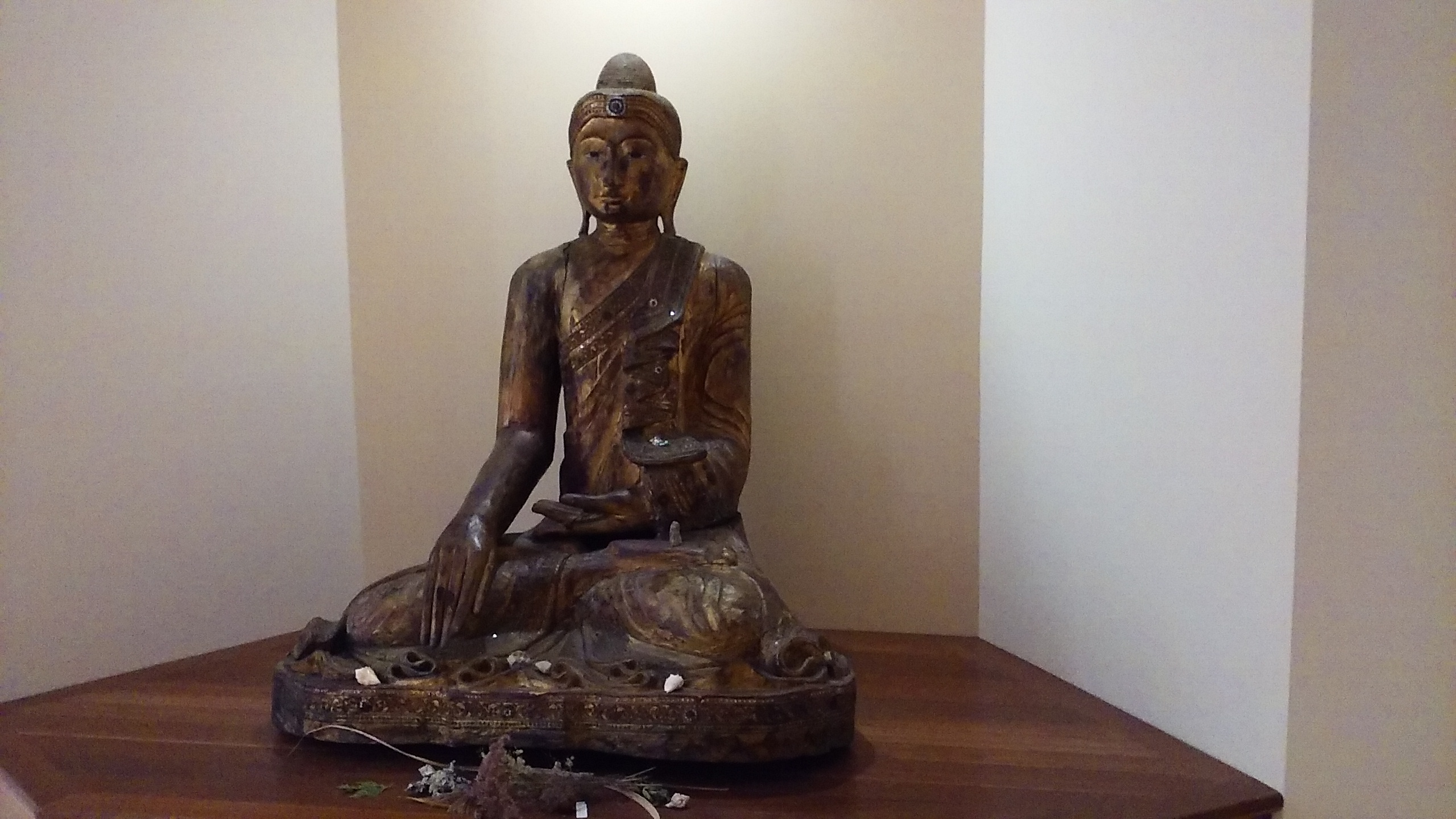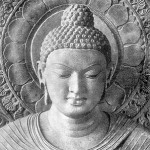“Wisdom in Practice”
Part I & II
Panel Discussion & Open Discussion
Over the course of the last month and a half the Buddhist Sangha of Bucks County investigated “Emptiness” and The Three Marks of Existence in the practice of the Parami of Paññā, or the perfection of Wisdom. We considered what it meant that all conditioned things are marked by Impermanence, Suffering, and Not-Self. The question was posed: “What is Wisdom and how does Anicca, Dukkha, and Anatta help us to understand it?”
It’s one thing to understand these concepts intellectually and grasp them as abstract ideas, and quite another to engage them as part of our practice. This posed some profound questions: “How does Wisdom differ from Knowledge?” and “How does a Buddhist perspective on Wisdom differ from our Western understanding of life experiences?” It’s clear that we will spend a lifetime cultivating wisdom, so how does one move forward with a consideration for The Three Marks of Existence? As a Sangha we arrived at two practical methods.
One way is to consider the role of Paññā as the Wisdom Training of The Noble Eightfold Path: Wise View & Wise Intention. In previous discussions a definition of Wise View was put forward as:
“Acceptance of The Four Noble Truths, discerning the difference of mind and matter, an understanding of the cause and effect nature of reality, and clearly seeing into the characteristics of existence gives us insight into the cessation of suffering.”
To phrase it differently, this present moment is the culmination of causes and conditions that arise and will pass away, an understanding and acceptance of which leads to equanimity and the cessation of suffering. In this way, The Three Marks of Existence inform our approach on discernment and skillful action. In Selves and Not Self, Thanissaro Bhikku states:
 “The path begins with discernment—the factors of right view and right resolve—and discernment begins with this basic question about which actions are really skillful: ‘What, when I do it, will lead to long-term welfare and happiness?'”
“The path begins with discernment—the factors of right view and right resolve—and discernment begins with this basic question about which actions are really skillful: ‘What, when I do it, will lead to long-term welfare and happiness?'”
While we may grow increasingly concerned with ways to understand The Marks of Existence and practice Wisdom, it is incredibly important to consider Wise Intention, or Right Resolve. No matter what action we undertake, our very existence does harm to other beings and individuals. This is what makes Intention so important to our practice. Setting a distinction between remorse and guilt, we remember that remorse can be a valuable tool to act more skillfully in the future, but guilt as a way of self-flagellation is useless. As long as we set the intention of renunciation, good will, and harmlessness we can remain confident in our path.
However, approaching The Three Marks of Existence in this way may still be too abstract for some people. So another method for investigating Wisdom as a realization of the emptiness of all phenomenal existence is the three stage process within the teachings of The Three Prajnas: listening, contemplating, and meditating. Over the last month and a half, the Sangha had listened to Dharma regarding Impermanence, Suffering, and Not-Self and has even to some degree practiced contemplating them from a conceptual level to something deeper and more meaningful. Moving forward to a realization of Wisdom manifests itself in meditation practice. The cultivation of this unbound awareness may come as Insights from thoughts, or deeper levels of concentration where one can experience the rising and passing phenomenon in a state of bare attention.
These interrelated ways of seeing guide us toward a better understanding of The Three Characteristics and ultimately cultivates the perfection of Paññā. Therefore, a Buddhist perspective suggests that these realizations can only be achieved through a balance of Wisdom, Compassion, and Mindfulness. This inclusion of compassion and mindfulness is what separates Paññā from Knowledge, and from our Western cultural understanding of Wisdom.
For further information, please read Reginald Ray’s article in Lion’s Roar How to Study the Dharma and make use of the many great resources on Access to Insight, including the writings of Thanissaro Bhikkhu.
With Gratitude & Metta,
~d




